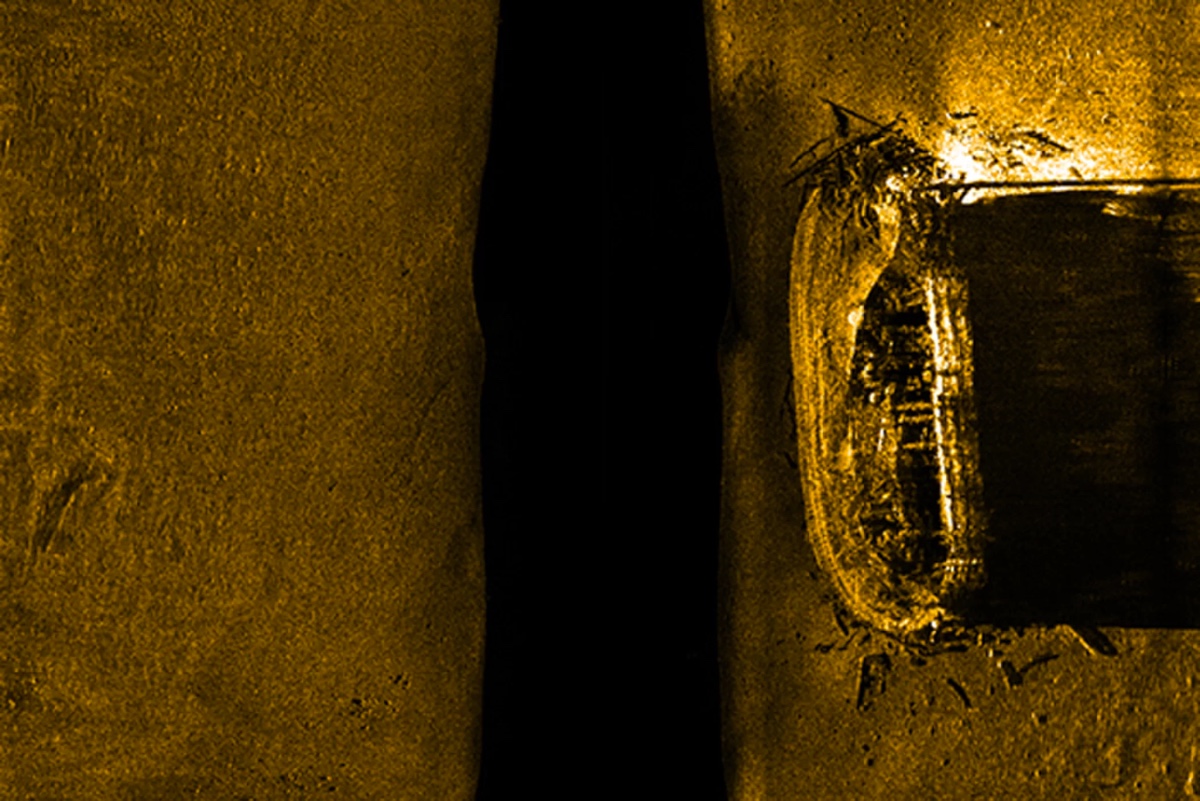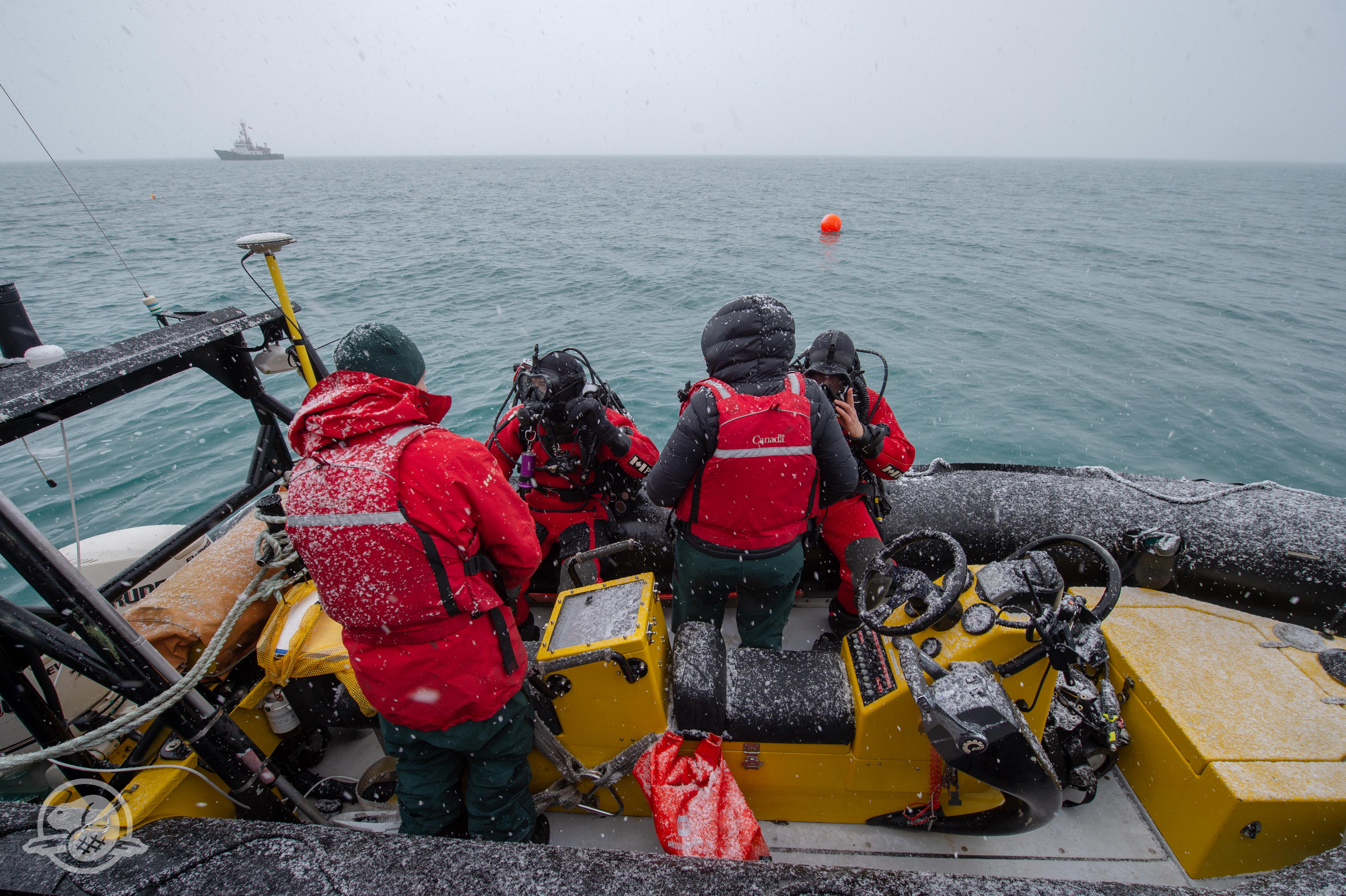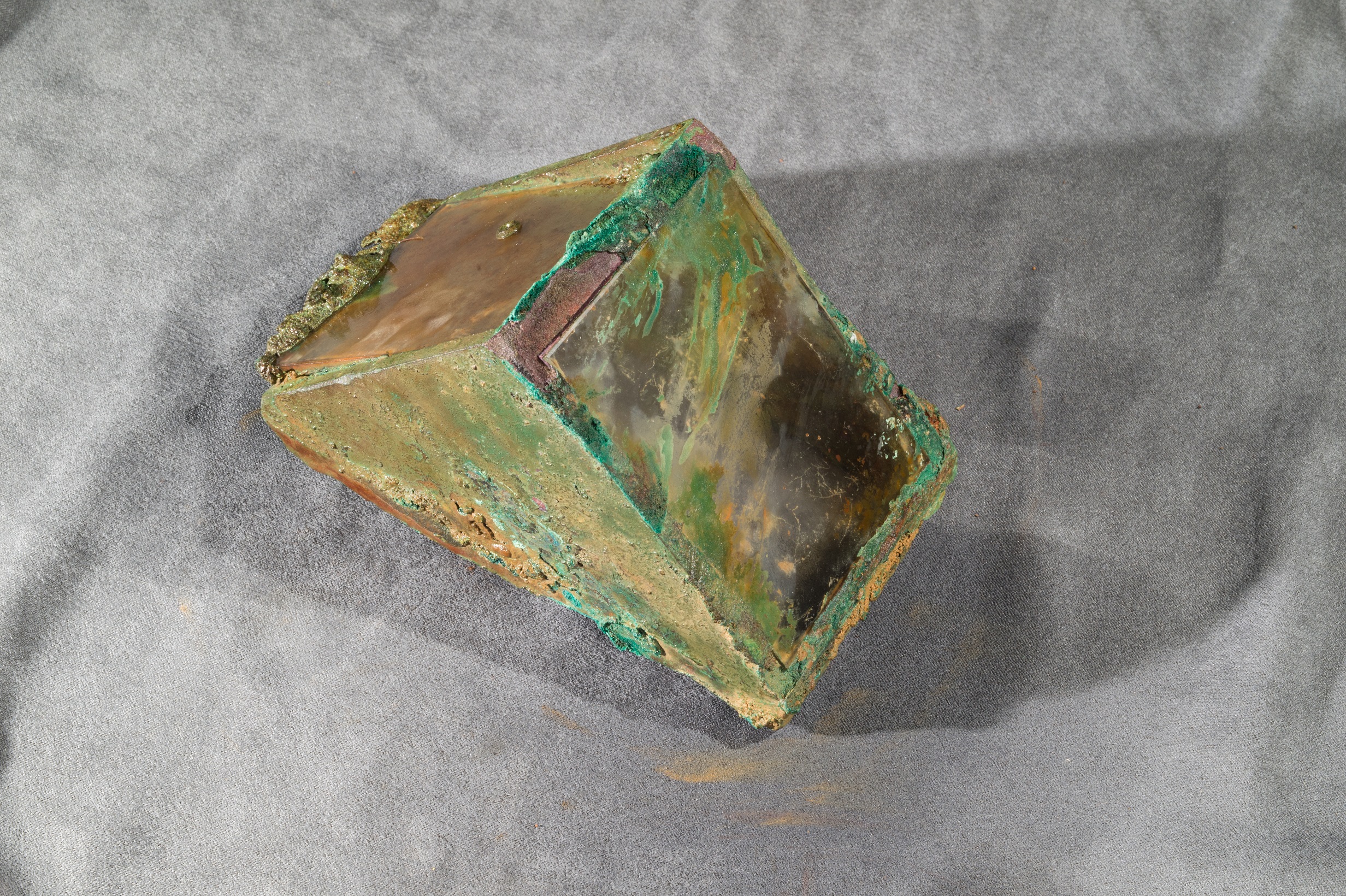Infamous Wreck of Ill-Fated Franklin Expedition Yields More Artifacts, But No Ship's Log

Underwater archaeologists have finished their latest research trip to the wreck of the HMS Erebus, a ship abandoned in the Canadian Arctic 170 years ago during the ill-fated Franklin expedition.
Harsh weather conditions hampered this month's mission. Divers could not enter Sir John Franklin's cabin, where they had hoped to find documents or the ship's logs preserved in icy water that might explain the tragic fate of the ship.
The archaeologists did, however, bring nine more artifacts to the surface for conservation, including a ceramic pitcher and an artificial horizon used for navigation from an officer's cabin on the lower deck. [See Photos of the Newly Recovered Artifacts]
In 1845, Franklin left Britain in search of the fabled Northwest Passage, a sea route that would connect the Atlantic and Pacific oceans. His ships, the HMS Erebus and the HMS Terror, became choked in ice in the Canadian Arctic and were abandoned in 1848. None of the 129 crewmembers lived to tell what happened after that. The disaster was one of the worst in the history of polar exploration.
Subsequent search parties, explorers and archaeologists have found scattered graves, notes and artifacts in the Canadian Arctic Archipelago, hinting at the fate of the Franklin expedition. But the final resting place of the ships remained a mystery until recently.
A decade ago, Parks Canada launched a mission to find the ships. The wreck of the HMS Erebus was finally rediscovered in 2014 in Victoria Strait. Two years later, the HMS Terror was found off the coast of King William Island, thanks to a tip from a local Inuit fisher from Gjoa Haven, the only town on the island. Underwater archaeologists have been regularly returning to the sites. This year, they had planned to explore more of Erebus' inner chambers, but thick sea ice delayed and shortened the mission. [In Photos: Arctic Shipwreck Solves 170-Year-Old Mystery]

"This proved to be the worst ice conditions we've ever seen," Ryan Harris, a senior underwater archaeologist for Parks Canada, and one of the leaders of the research on the Franklin expedition, told reporters in a call on Wednesday (Sept. 26).
Sign up for the Live Science daily newsletter now
Get the world’s most fascinating discoveries delivered straight to your inbox.
"We were only able to cover a day and a half of scientific diving on the site," Harris said. "We look forward to a longer window of opportunity next season, hopefully when ice conditions return to the norm that we've seen in the last few years. One of our immediate intentions is to explore deeper down into the hidden rooms at the bowels of the ship, which will be extremely interesting."

In addition to the pitcher and the artificial horizon, the divers found metal parts of rigging instruments. The team also found a piece of tarred felt used for waterproofing the vessel, and the material still had the impressions of wooden planks.
The nine artifacts are now at a laboratory in Ottawa, Canada, where they will undergo chemical analysis and sampling; the archaeologists said they hope residues inside the pitcher, for instance, will reveal what the officer was drinking. The objects will then undergo conservation.
Divers had previously recovered 65 artifacts from the HMS Erebus, including buttons, dinner plates, a boot, medicine bottles, the ship's bronze bell and part of the vessel's wheel. Those 65 objects are owned by the United Kingdom. The nine newly recovered artifacts, as well as any artifacts found in the future, will be jointly owned and managed by Parks Canada and the Inuit Heritage Trust.
Original article on Live Science.










